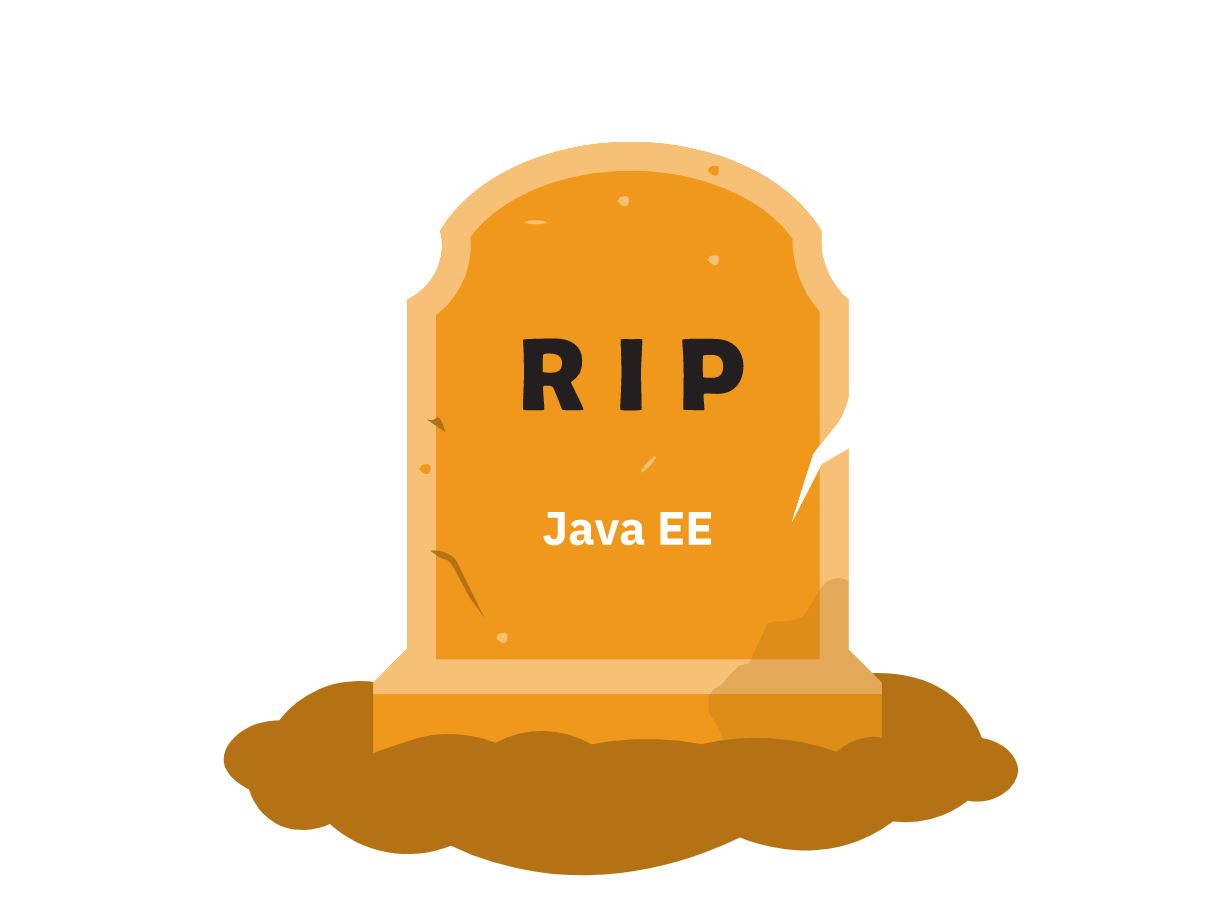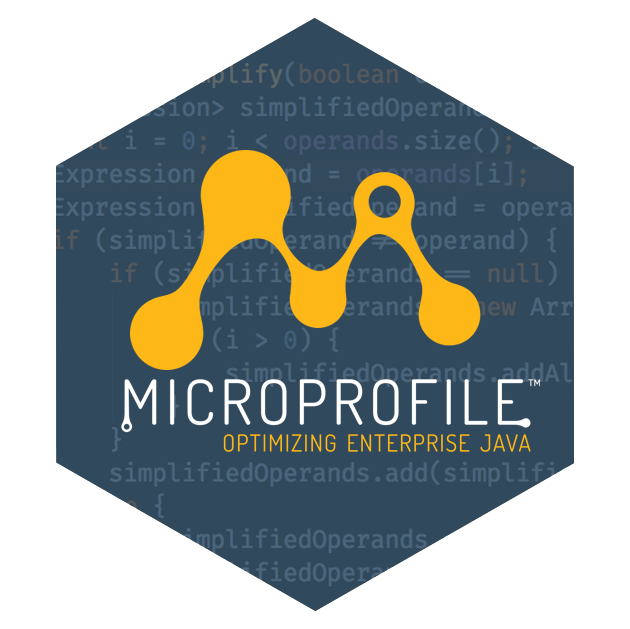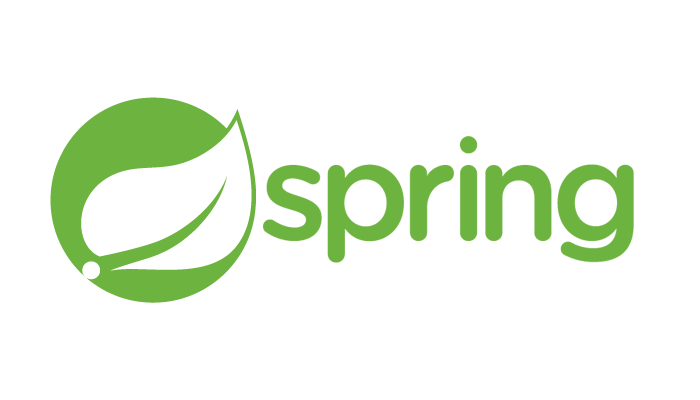 5 minutes
5 minutes
The Payara Monthly Catch – November 2025
November has been one of the busiest months of the year for the Java and Jakarta EE ecosystem. With […]

Java is the world’s third most used programming language, and the basis of some of the world’s biggest software projects.
If you are running a large, enterprise application – supporting commercial projects – Java alone may not be enough. You need to use it with Jakarta EE, formerly called Java EE.
Jakarta EEis a set of software components, APIs, for developing specifically enterpriseJava applications. These components are often referred to as specifications.
Jakarta EE specifications extend Java SE – the standard edition Java programming language – with ways to perform the functions particulary useful for an enterprise application.

An enterprise application project needs to be scalable, secure and handle a lot of information. Jakarta EE specifications therefore provide ways to perform the actions you might need to for this kind of project, such as generating web pages, operating with a database, and balancing your processing efficiently.
The specifications help you because they mean you don’t have to code everything yourself.
Each Jakarta EE specification consists of: a document defining the purpose of the API and how it’s used; the API JAR, the actual interfaces to be coded against as a developer; and Technology Compatibility Kit (TCK), the test suite that is used to determine whether independent implementations of the API meet its requirements.
The Jakarta EE specifications are designed to work with a Jakarta EE compatible runtime.
.png) A runtime is a program which runs your application and handles the HTTP requests that connect it to its users on the internet.
A runtime is a program which runs your application and handles the HTTP requests that connect it to its users on the internet.
Java EE is what Jakarta EE was formerly known as, when it was created by Sun Microsystems and then developed further byOracle.
software organisation theEclipse Foundation, but they did not have the legal rights to the javax namespace. Therefore, the transition has now been made to Jakarta EE.
The specifications avoid you having to write lots of extra code yourself.
As a result, you allow your developers to focus on the business logic of your application, rather than infrastructural tasks.
This doesn’t just save time: your application is now actually separated from those infrastructural tasks in the runtime. Complexity is hidden, your actual developer experience will be better.
If you choose a managed runtime, you can also access benefits like high availability, clustering capabilities and the ability to store data from one node and retrieve it from another node. All these qualities will make a more efficient system for your users.
MicroProfile is a set of specifications that build on the Jakarta EE specifications, and are designed to optimise Enterprise Java for a microservices environment. We will be following up with another blog on what exactly Eclipse MicroProfile is.

This blog is written to coincide with our ‘Dismiss the Myths: Get to Know the Real Jakarta EE’ eBook which provides a more comprehensive 57-page guide; covering the growth of Jakarta EE, the move from J2EE, the transition to Eclipse in more detail, Jakarta EE Core, Full and Web Profile, and more.
Share:
 5 minutes
5 minutes
November has been one of the busiest months of the year for the Java and Jakarta EE ecosystem. With […]
 3 minutes
3 minutes
Working with enterprise Java databases can sometimes feel like swimming upstream. Jakarta EE 11’s Jakarta Data helps developers glide […]
 2 minutes
2 minutes
The recent releases of Spring Framework 7.0 and Spring Data 2025.1.0 mark an important milestone for the Java ecosystem, […]